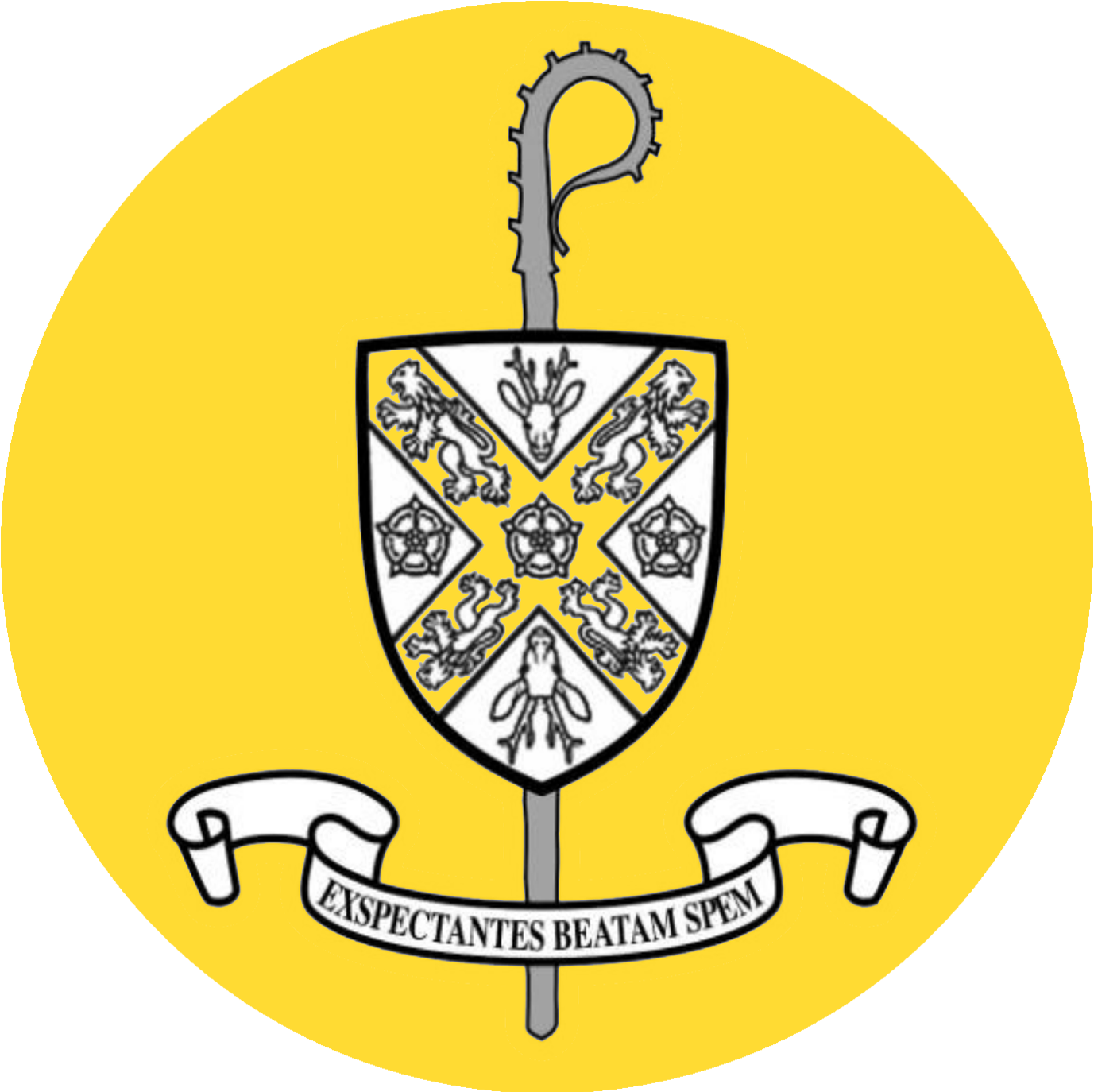I went to Auschwitz with the Holocaust Educational Trust (HET) in March. It was and still is one of the most humbling and eye-opening experiences I have had. As an Ambassador for the HET, it has been truly rewarding to be given the opportunity to educate children and adults alike about how the Holocaust can teach us to re-evaluate our lives and how we act towards other people.
When I first applied for the ‘Lessons from Auschwitz Project’, I didn’t really know what to expect or how profoundly it would affect me. We attended a seminar before and after the visit to Poland and it was during the first seminar that we heard the testimony of Eugene Black. His story really humanised this dark episode in history and I kept remembering him when we were given a tour around Auschwitz 1 and Auschwitz-Birkenau.
When we arrived at Auschwitz 1, we were given a guided tour of the site. In one of the buildings in Auschwitz 1, there were photographs of people who entered the camp and I thought, we know the number of people who died in those camps, but we can never know the people. When we arrived, we were given headsets to wear during the tour so that we simply had to listen and take in the surroundings. At one point during the tour, I took the headphones off. All was silent. Pure silence. It was quite eerie to think that there were hundreds of people walking around the buildings but there wasn’t a sound. It was the same at the end of the day at Auschwitz-Birkenau when the Rabbi gave a service of remembrance. It was one of the most moving parts of the day.
The theme of last year’s Holocaust Memorial Day was ‘Untold Stories’. Each person forced into the camps had hopes and aspirations and until then, were living their own story. They had the last chapter of their stories written for them, against their will. I think that what struck me the most at Auschwitz was a photograph of a 13 year old girl who had fear in her eyes. My sister was 13 at the time and it struck me that this was someone else’s younger sister with no control over what their future would be and indeed no future.
Going to Auschwitz made the Holocaust real, as I had the opportunity to glimpse people’s ordinary lives before the Holocaust and see the human beings behind the statistics. There were family photographs displayed just as we would display our own photographs in our own homes. I kept thinking about the whole families who were lost and all those lost years that they should have spent together.
The thing that I often talk about when someone asks me what I got from the ‘Lessons from Auschwitz Project’ and the Holocaust is that I reflected on complacency. I am sure that we all believe that we are good people and stand up for others in need, but do we do it with enough conviction to justify this claim? Or do we really just sway with the popular opinion? I don’t think enough of us truly believe in the power of one voice and actually harness it. We know who some of the heroes of the Holocaust were; those individuals who risked their lives and those of their families to save the persecuted and provide them with a second chance at life in society. These people are true heroes who put aside the popular views at the time and did what they thought they had to do. Perhaps that is what everyone should do in our everyday life; try not to be swayed by the popular way of thinking and truly think about how our actions can be interpreted and what they could lead to. This year’s Holocaust Memorial Theme is ‘Speak Up, Speak Out’ so we all must do this.
For me, the most moving parts of the experience overall, apart from the testimony of Eugene, were the service and the walk along the train tracks at the end of the day. We all took lit candles along the tracks and set them down along the way. It was amazing how over 30 teenagers were moved to silence as the evening set in and darkness fell. To look back at the tracks lit by candle light brought all those individuals to mind whose lives were ended at this place.
Laura Gibbins
St Mary’s College, Hull
